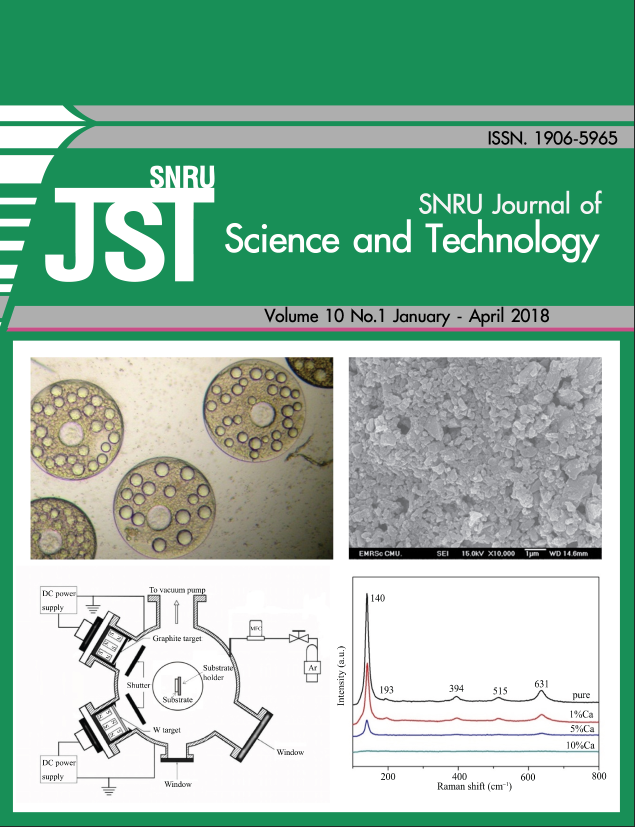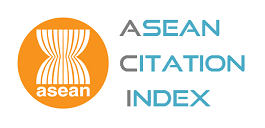Characterization of calcium oxide derived from cockle shells for carbon dioxide capture
Keywords:
Calcium Oxide, Cockle Shell, Carbon Dioxide, SorbentAbstract
Global warming resulting from the emission of greenhouse gases, especially CO2, has become a widespread concern in the recent years. The use of carbonation/calcination cycles of CaO/CaCO3 is emerging as a viable technique for the capture of CO2 generated in the combustion of coals for power generation. In this work, waste cockle shell was used as raw material for calcium oxide-based sorbent production. The thermal behaviour of waste cockle shell was characterized by thermogravimetric analysis (TGA) to obtain the calcination temperature range. Chemical property analysis using x-ray fluorescence (XRF), shows cockle shell is made up of 98.10% Calcium (Ca) element and CaO is produced after decomposition is conducted, as been analyzed by x-ray diffusivity (XRD) analyzer. Morphology of the waste cockle shell and the calcined waste cockle shell were characterized by scanning electron microscopy (SEM). It has been found that calcined waste cockle shell can absorb CO2 in the temperature range of 500 oC to 800 oC. The results indicated that the CaO derived from waste cockle shell showed good usability to be used as CO2 sorbent.








